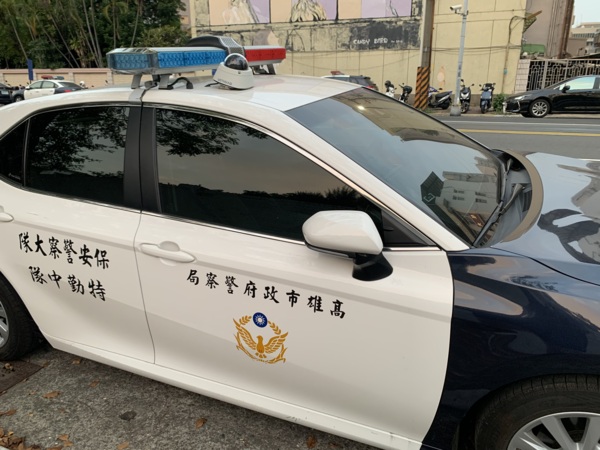The 5G smart patrol car solution is an application created for the Kaohsiung City Police Department, in a city located in Southern Taiwan
Taiwanese operator Far EasTone Telecom (FET) said it had delivered what it claims is the world-first 5G smart patrol car solution for a police department, by leveraging AI and Ericsson’s end-to-end 5G network slicing technology.
In a release, the Asian telco said that the solution also included 5G Core and RAN Slicing utilizing Dynamic Radio Resource Partitioning in a live 5G Standalone (SA) network.
The 5G smart patrol car solution is an application created for the Kaohsiung City Police Department, in a city located in southern Taiwan, to support license plate recognition by patrol cars equipped with high-resolution photography devices, using an AI image analysis solution to identify vehicles that have been reported stolen.
FET explained that the data from moving patrol cars can be transmitted in real-time, allowing for the immediate recognition of these license plates being sighted by the device. The police then can take actions based on the information provided.
As police patrol cars will be constantly on the move, Ericsson’s Dynamic Radio Resource Partitioning, a feature of 5G RAN Slicing, plays an essential role in the solution by optimizing radio resources, strengthening end-to-end slicing capabilities for dynamic resource management, and orchestration while securing required performance level for multiple services, FET added.
The solution will also be used to detect crimes in crowded public area, such as concerts and football games. In such scenarios, network slicing would allow high-resolution real-time images to be transmitted from police patrol cars to the central command center to ensure timely situational awareness and emergency response.
Chee Ching, president of Far EasTone Telecommunications, said: “We are thrilled to achieve another 5G milestone with Ericsson by creating the very first network slicing use case in a live 5G standalone network in Taiwan. The 5G smart patrol car is made possible by our continuous investment in big data, AI and IoT, combining with Ericsson top-notch 5G technology and the great support from Kaohsiung City Police Department. In collaboration with both public and private sectors, we will continuously explore various scenarios with 5G to enhance the efficiency of urban governance, bringing more innovative and reliable services to the society.”
“Network slicing enables communications service providers to offer innovative services to enter new markets. By creating and operating end-to-end logical networks on top of a shared infrastructure, network slicing can provide tailored services with different requirements on speed, latency and reliability for various use cases, with its full potential only made possible through 5G Standalone. We expect this collaboration will simplify the 5G Smart Patrol Car setup and provide ease of maintenance and operations. Ericsson’s network slicing technology addresses further 5G business opportunities with full flexibility,” David Chou, president of Ericsson Taiwan, said.
In 2021, Far EasTone Telecom had selected Ericsson as its vendor for 5G Standalone (SA) and NonStandalone (NSA) dual-mode 5G Core and Voice over LTE (VoLTE) services.
The deal builds on Ericsson’s existing 5G partnership with FET, including the launch of commercial 5G in July 2020.

